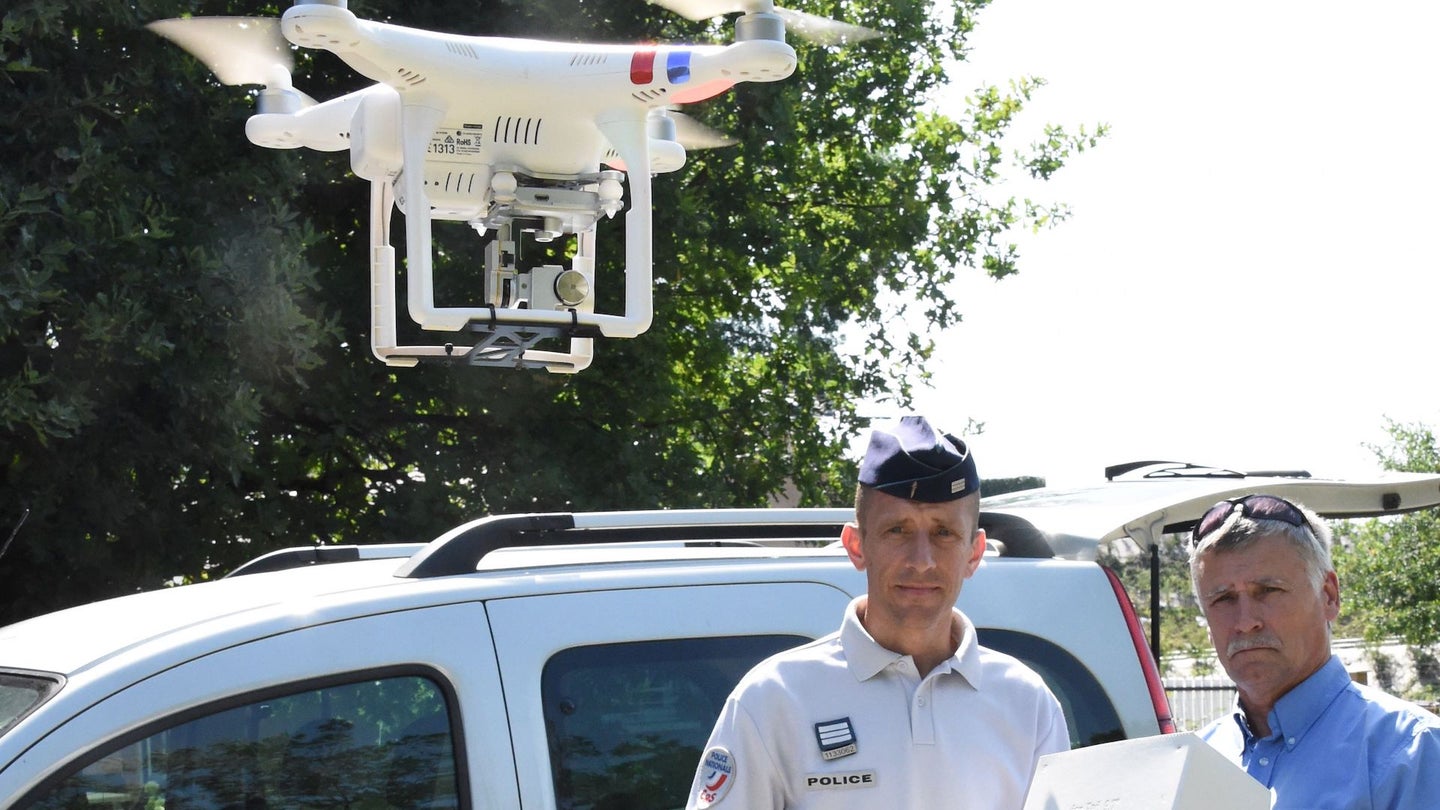Proposed French Drone Regulation Would Require Remote Identification
Lawmakers across the globe are eager to establish as clear a traffic system in the skies, with France focused on remote identification.

The French Federation of Model Airplanes (Fédération Française d’Aéromodélisme) has updated a 2015 proposal for hobby drones regulations.
In this new draft, the federation is urging lawmakers to force drone manufacturers to implement various components allowing authorities easier access to information on the device, like the unique identification number, position, and more. Should this turn from proposal to implemented law, recreational drone pilots in France would be affected as early as July 1 of this year.
According to Drone DJ, the federation has published three documents regarding this proposal (1, 2, 3), with each one detailing the various requirements and implementations should they become law. Overall, the suggested requirements revolve around authorities being able to remotely identify a drone and having an embedded signaling light. The concern over remote identification has been a common one, both here and abroad, as governments are eager to establish clarity regarding just exactly who is operating what kind of aerial vehicle in their airspace.
As for which kinds of UAVs would be affected by this new iteration, it took a few years to arrive at the newly drafted suggestions. The original 2015 proposal reportedly didn’t distinguish between the weight or size of a UAV, and would’ve required any hobby drones operating outside to undergo its strictures.
The 2016 draft specified that only drones weighing more than 1.76 pounds would be affected (exempting UAVs like DJI’s Mavic, Mavic Pro, Spark, and Air models). Ultimately, we’ve arrived at the federation’s 2018 proposal, which retains the weight limit demarcation, and is attempting to urge lawmakers to consider the following.
According to Drone DJ, any drone weighing more than 1.76 pounds would have to include certain components related to remote identification and visibility. Most importantly, the proposal suggests each UAV include an electronic identification system, which has to be able to provide authorities with the ability identify a UAV while in flight, remotely.
The data included in such a read-out would be comprised of the drone’s ID number, position and altitude (with date and time of each), take-off coordinates, and the direction and speed of the vehicle. In addition to that, a signaling light capable of signaling the letter U in Morse code would be required. This light should also be visible at night for observers on the ground from an altitude of 492 feet (150 meters), and from a 492-foot radius. Naturally, colors used by conventional aircraft such as green, red, or white, would be prohibited.
In case you’re already considering not adhering to these potential rules, it would be wise to consider the consequences. According to Drone DJ, flying a UAV not fitted with the above hardware and software could cost you a pretty French penny, or rather, 750 euros. Additionally, relaying an electronic drone identification number not assigned to the drone in operation would be punishable with a maximum fine of 1,500 euros for first-time offenders, and as much as 3,500 euros for subsequent violations.
In terms of actual implementations, none of this has been set in stone yet. However, should the government go along, these regulations could reportedly turn into reality as early as July 1 of this year. Fortunately, fines would graciously not be issued until January 1, 2019, in order to allow manufacturers some much-needed acclimation. For the French-based readers of The Drive out there, stay tuned, as we’ll be reporting on any significant developments on this matter.
